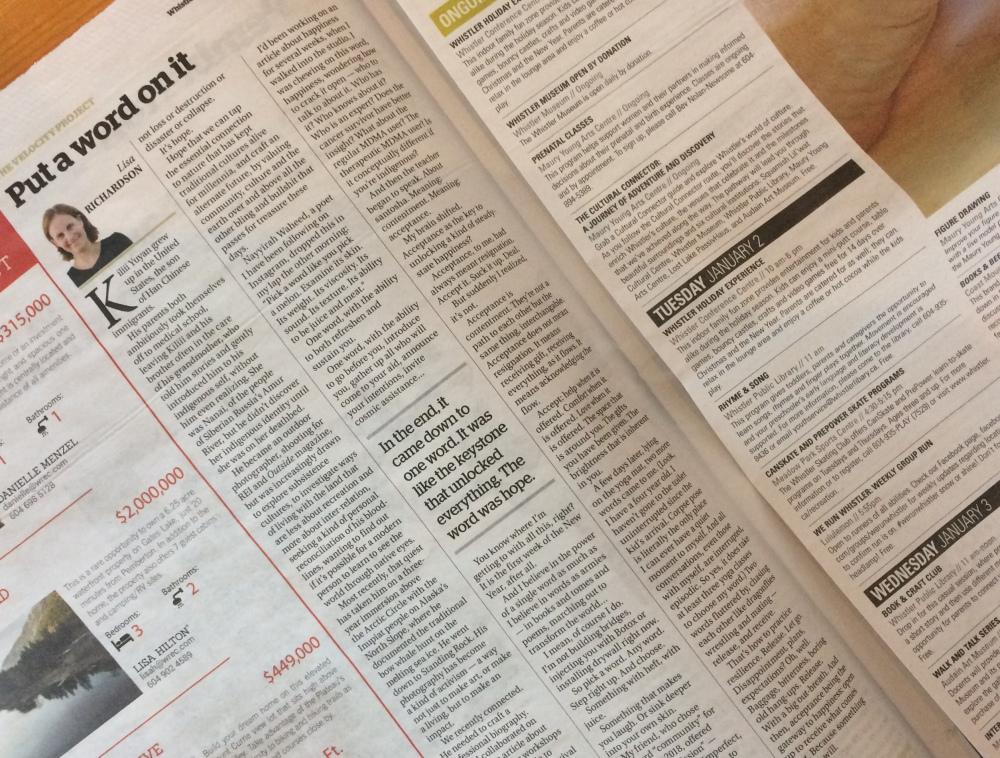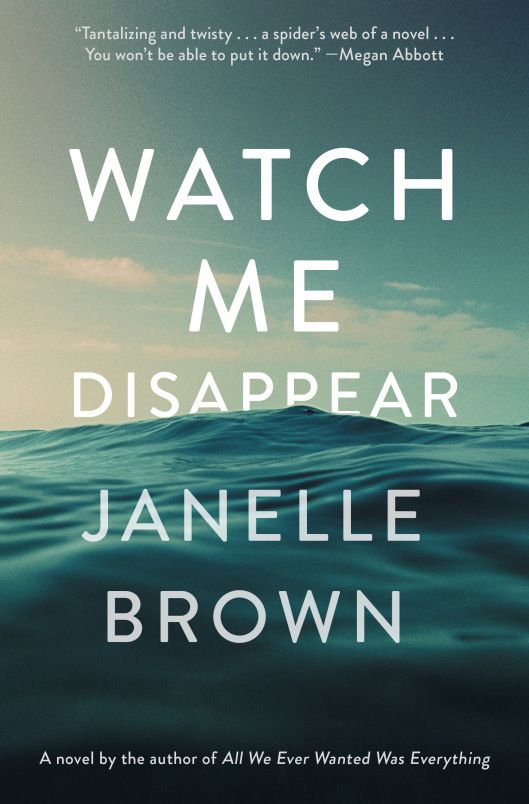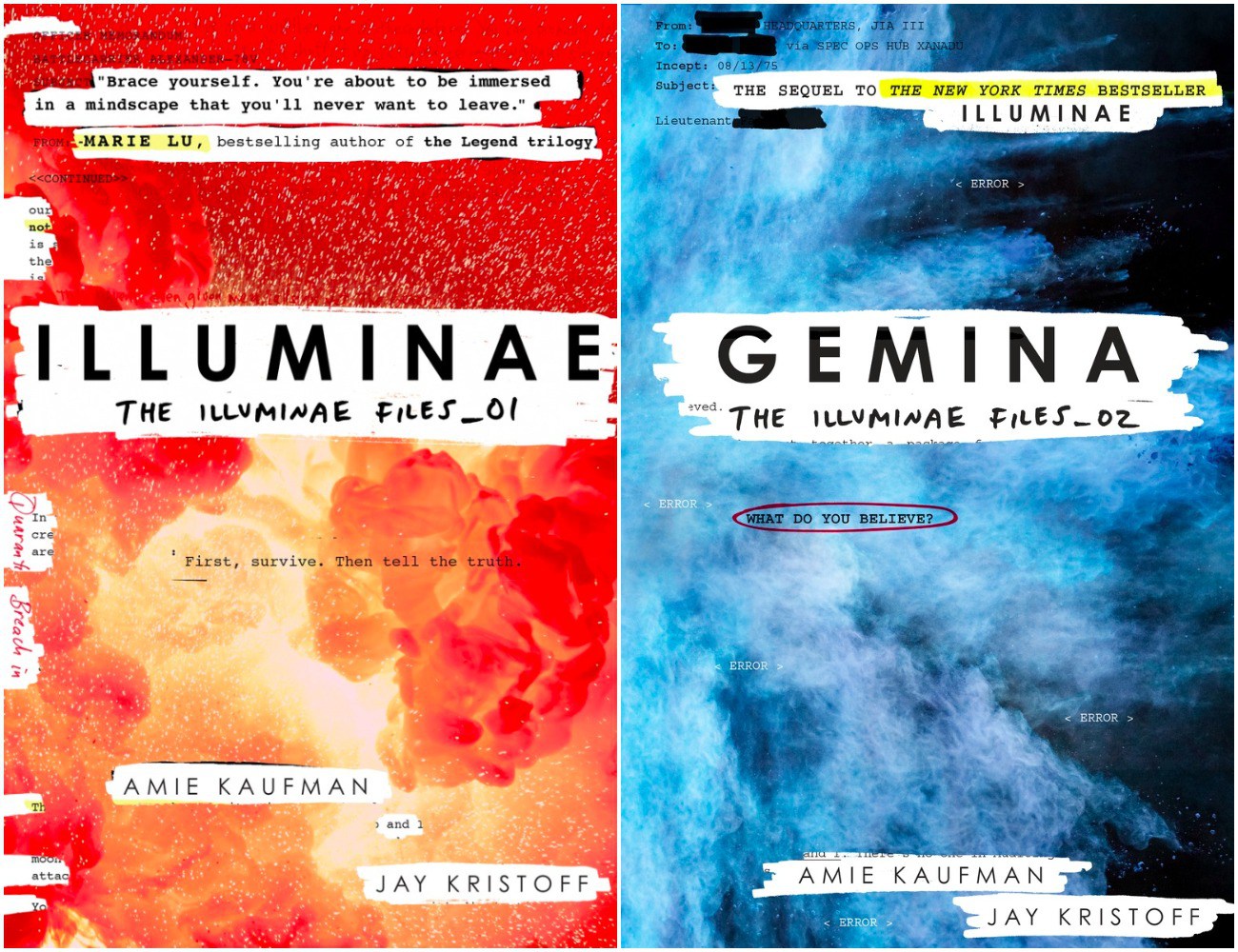Our course manual suggests we listen to a podcast on the Tate’s website on Richard Long’s exhibition: Heaven and Earth in 2009. The curator giving the talk was Clarrie Wallis. I made some brief notes, but found my attention drifting when I could not see the images that were presented to the audience. I did my best to find them online, but this ended up with me loosing the train of thought and having to replay quite a bit. So briefly:
- The exhibition was described by The Guardian as “an electrifying show that feels like the birth of a new artist”.
- Richard Long is one of Britain’s most important artists and has exhibited internationally since the 1960’s. The exhibition provides space to re-evaluate the relationship between art and landscape.
- Began by questioning the matter of the art object.
- Art as Idea (matter is denied, a sensation has been converted into a concept) and Art as Action (matter has been transformed into energy, time & motion.
- Art grounded in direct contact with the landscape – new form of art is not only located in the landscape but was made of it. (NB).
- Walking freed sculpture from the constraints of scale. Time is a fourth dimension as well as the potential of the scale of distance traveled.
- It is an inclusive art encompassing sculpture, language, mud works and printed matter.
- Long never makes significant changes to the landscapes, instead he adjusts the natural placements of rocks & vegetation.
- The forms of his sculptures are straight-forward: line, cross, circle and spiral.
- Only uses the earth’s natural raw materials and scale is determined by his response to each particular place or landscape.
- His work is always a balance between nature and archetypal forms.
- He documents his walks with photos, text works, maps which either describe a particular idea. All share a simplicity of form through an economy of means.
- “Language and ambition of art was due for a renewal” (Long).
- Through a process of recording, measuring of time and space and dealing objectively with the task in hand, the landscape itself became the art object. This approach contradicts a temptation to view his work in a Romantic landscape tradition.
- Doesn’t identify himself as a Land Artist – considers himself a realist.
- Long sees his work having to do with Conceptual Art, the dematerialization of the art object or minimalism or even Art Povera.
- Everything is in a state of motion is a theme which runs through his work.
 Tsunami Driftwood Circle
Tsunami Driftwood CircleSeven Days Walking on the Tanesashi Coast Aomori Japan 2013 by Richard Long
- Language is a key element to his work. His text pieces are created after the physical life of his work – after the walking, throwing of stones, lifting, etc. The texts bridge the gap between Long’s idea, action and experience and the audience’s perception of the art work.
- Long remakes his sculptures in art galleries. Two objects become related to each other via a third in the context of time and distance, memory and travel (he would photograph the original sculpture in situ and recreate it in the gallery and use sun and time to add the missing component). This addressed not only material and form, but time and place as well.
- Walking enabled him to increase his scale of time and space in his work. Walking is used as a measure of distance. Walking is used as a measure of distance. In his 100 mile sculptures each walk was realized by walking backwards and forwards over the same path until 100 miles was walked.
- He has also made works where he has carried stones in his pockets for many miles to make sculptures about movement, transference and location. Walking is used as a simple unit of measurement. Concentric circles: inner circles walked slowly for 1 hour, outer circles walked quickly for 1 hour.
Tate (2009). Richard Long: Curator’s Talk [online]. 14 September, 2009. 59 mins 34 sec. Available at: http://www.tate.org.uk/context-comment/audio/richard-long-curators-talk [Accessed 19 December 2017].
Advertisements Share this:




